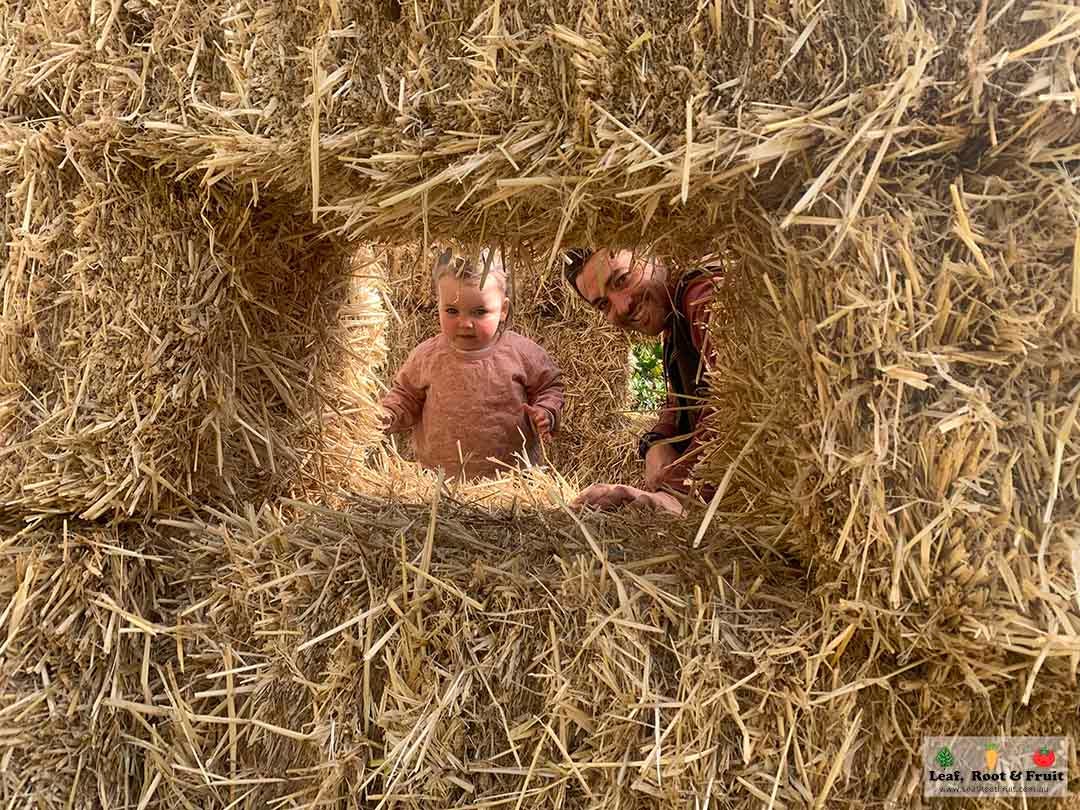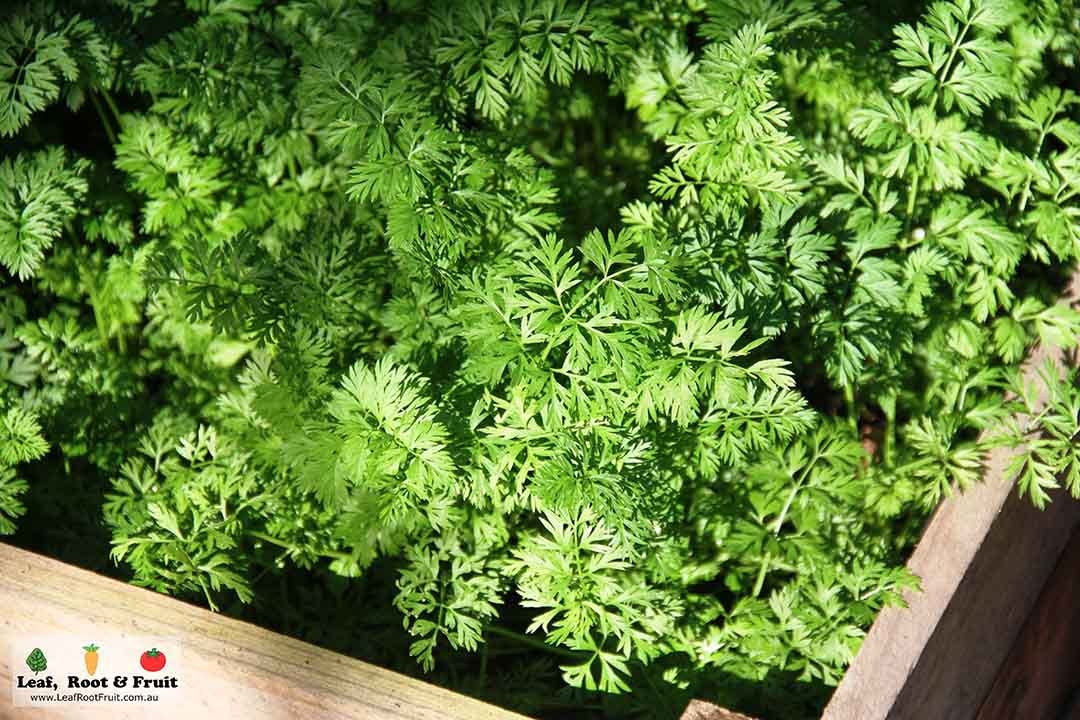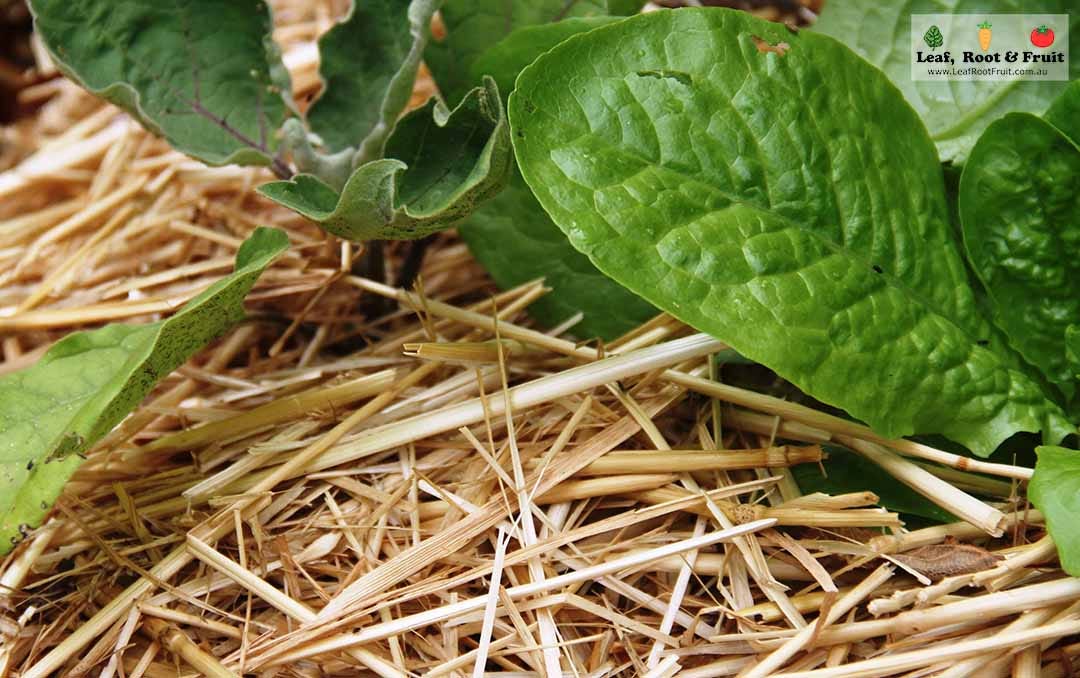Mulching the Vegetable Patch
Part Seventeen of the Vegetable Patch from Scratch Series
Bare soil is terrible for soil biology and your soil food web. Sunlight (particularly UV rays) and dry soil will kill the microorganisms living on the surface of your soil. Mulch is extremely important in protecting your soil food web. Mulch is also incredibly effective at retaining moisture in the soil. It acts as an insulating blanket retaining moisture and moderating the soil surface temperature. Adding a thick layer of mulch to your garden can help it thrive.
I have noticed that in summer, when we have a few millimetres of rain that it barely penetrates the mulch layer. Next time you have light rainfall head to the garden and investigate the mulch and soil profiles. You’ll see that mulch can prevent light rainfall events from having any positive impact on your plants. Always add the mulch over the top of drip systems as this enables the irrigation system to deliver water more efficiently and where it is needed, below the layer of mulch.
Vegetable patches benefit from straw or lucerne mulch. Hay is full of grass seeds that will germinate and create a lot of weeds. You may find with straw mulch that the remaining barley or wheat seeds will germinate. This is easily overcome by flipping the entire mulch layer a week or so after germination. Most of the grain seedlings will not have root systems established in the soil and they will be easily killed off using this method.

As a Victorian gardener, I don’t advocate for the use of sugar cane mulch. (It would be different if I gardened in Mackay.) It’s grown in Queensland and shipped down to Victoria in shrink-wrapped plastic. There are much better alternatives grown locally, such as barley straw.
The main reason I don’t like sugar cane mulch is that it is full of sugar – and sugar attracts slugs! In my early days of gardening I sometimes used sugar cane mulch and couldn’t believe the number of slugs that invaded my patch and destroyed my seedlings.
Never use woodchips in the vegetable patch. The carbon content of wood chips is too high for this purpose. Save the woodchips for perennial plants instead. More on using woodchips in the garden here.
One of my favourite mulches for the vegetable patch is compost. That’s right, you can use compost to mulch your vegetables. It will insulate the soil and feed your plants at the same time!
Or don’t mulch your vegetable patch!
Alternatively, don’t mulch at all. I don’t usually mulch compact crops such as carrots.

Mulch acts as an insulating layer, which is usually great for keeping soil conditions consistent and retaining moisture in the soil. However, that insulating layer can also slow down the warming of soil in spring. So it’s best to wait for the soil to warm up before adding mulch to your plants.
Are you an avid mulcher? Do you have a go-to solution for mulching the vegetable patch? Do you have a question about mulch? Please share your thoughts in the comments section below.
This post is one of many in my gardening series Vegetable Patch from Scratch. See the series index for a list of other topics in the series. This is one of the free posts in the series, so please share it widely.
Read the next post in the Vegetable Patch from Scratch series:
PART 18: Crop rotation



Hi Duncan. This year I’m using compost on my vege patch. I’ve dug it in and planted and everything looks very happy especially after the recent rain. It’s a bit stinky. So much so that the snails don’t seem to like it 👏. If I were to put another layer down for water retention, how thick would you recommend??
Hi Duncan. Thanks for the tip on barley straw. Where can we buy smaller amounts for a backyard vege patch?